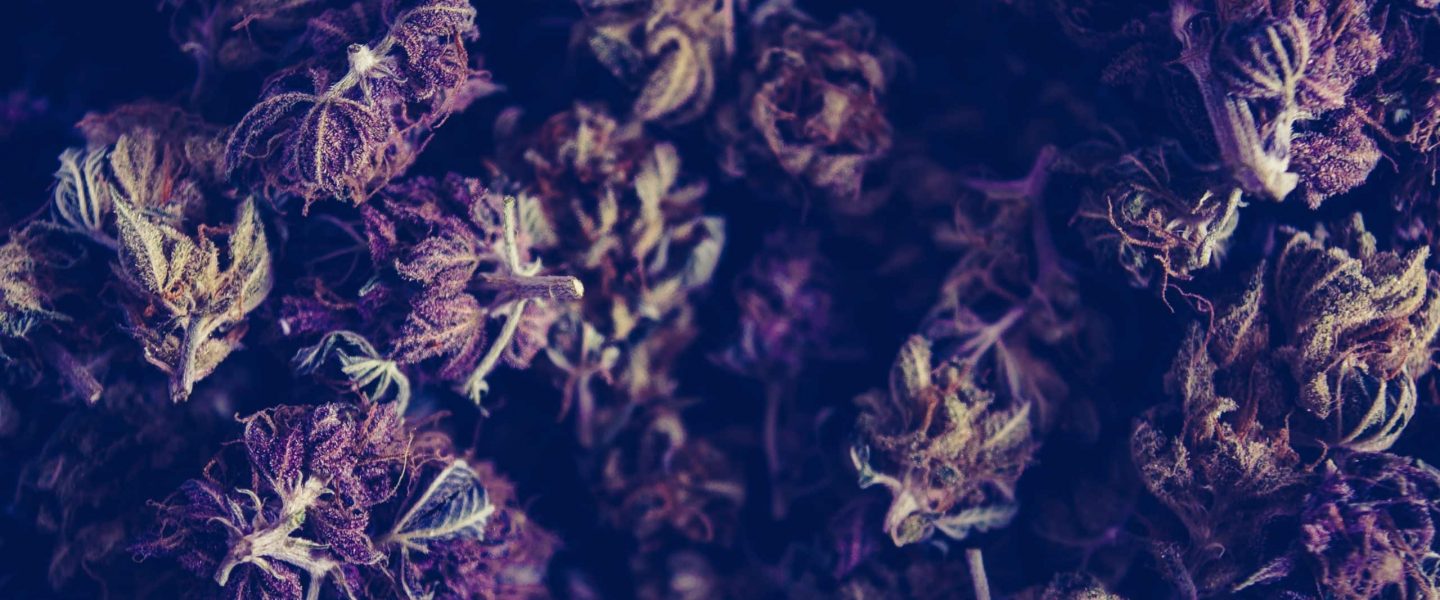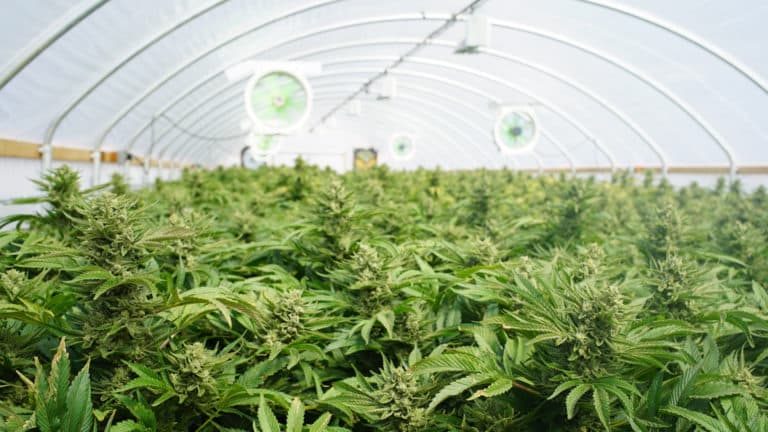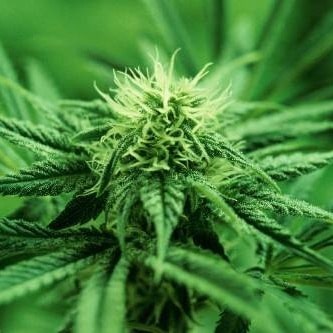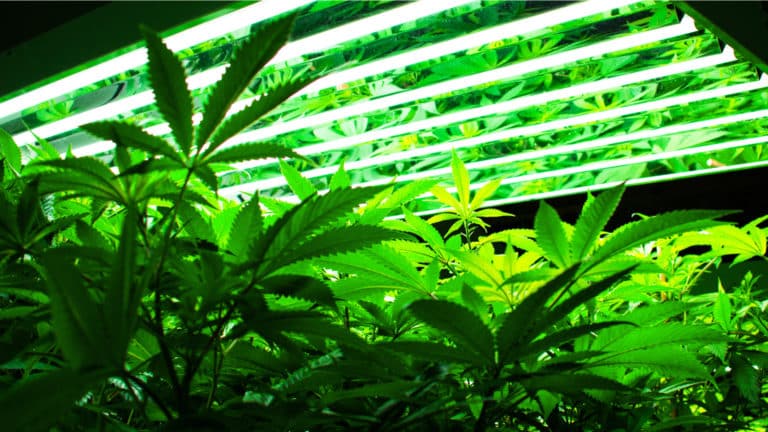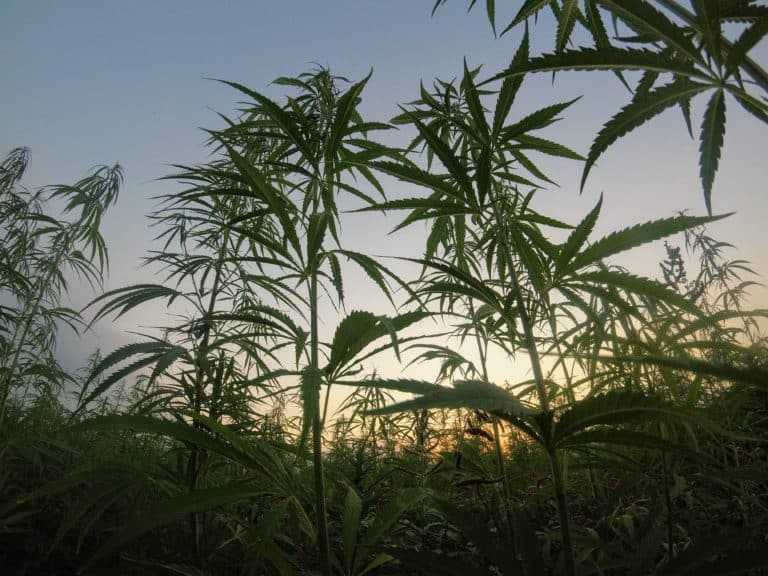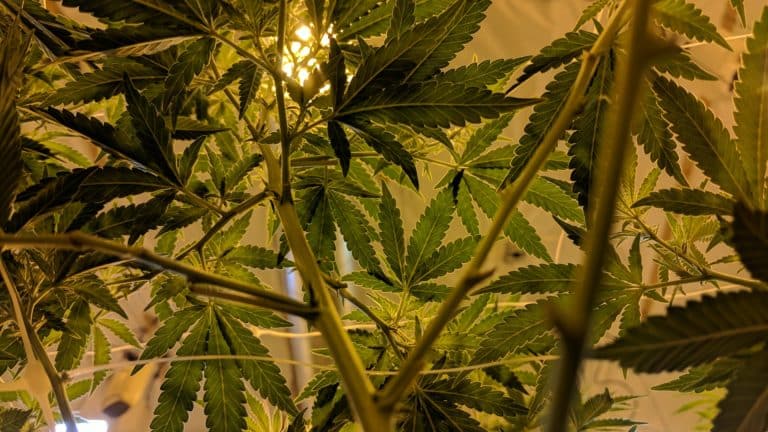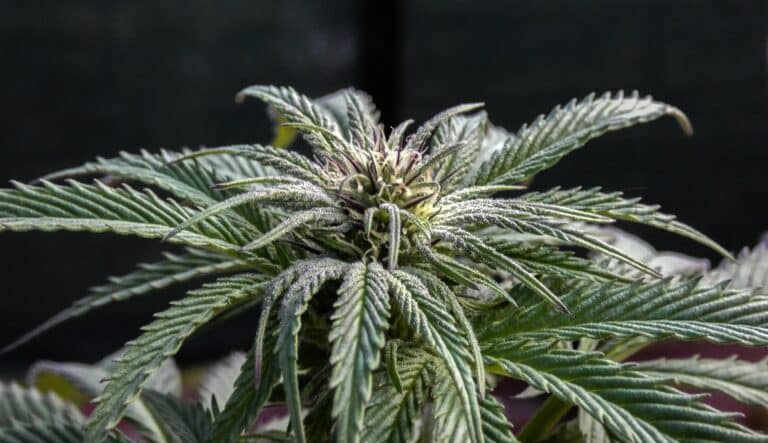To soil or not to soil, that is the question. Cannabis grow lights are important for cultivation as well, but I’ll devote most of this writing to discuss the best hydroponic system for weed. While using soil is a tried and true method for any plant cultivation and novice cultivators naturally gravitate towards it, I’d strongly urge you to try replacing soil with a hydroponic grow setup.
Soil is simple, natural, and available, and beginning cultivators often think soil is easier to deal with than using the complex piping and pump systems required for a hydroponic grow. But, growing marijuana in soil is not a guaranteed, nor a smooth process.
There are serious limitations and pitfalls associated with using soil. For example, novice cannabis cultivators tend to over or under water their pot plants. Novice cultivators also tend to use the wrong soil mixtures, which exacerbates this improper watering.
Soil limits the amount of oxygen absorbed by the roots of cannabis plants. Every time you water your plants, the amount of oxygen the roots can absorb is reduced. Overwatering causes your plants to slowly suffocate. Soon you’ll have root rot, and the whole plant might as well be compost. Even if you water your plants correctly, there is still a limitation to the amount of oxygen that can be absorbed which limits plant growth.
A cannabis hydroponics system maximizes the amount of oxygen with which the roots can come in contact, while still providing as much water and nutrients as needed by the cannabis plant to promote accelerated growth. With hydroponics, the water and nutrient mix is oxygenated using an air pump and sandstones similar to those used in aquariums.
The combination of nutrients that is fortified in the water is a mixture of macro and micro nutrients, which provides the cannabis plant with its nutritional requirements from the vegetation stage to flowering. There are six different types of hydroponic setups, and four of those options are great for growing cannabis. Each system provides water, oxygen, and nutrients in a slightly different way.
The Best Hydroponic Grow Setups and Pot Growing Systems for Hydroponic Buds
- Wick System
- Water Culture System
- Ebb and Flow
- Drip Systems
- Nutrient Film Technique
- Aeroponic system
Ebb and Flow Hydroponic System
This is a fairly popular indoor weed growing kit system among cultivators. The ebb and flow hydroponic system utilizes a simple mechanism in which the roots of your marijuana plants are temporarily flooded with oxygenated, nutrient-rich water, and then that water drains back into the main reservoir to be re-used in the next cycle. This ebb and flow movement of the water is driven by gravitational forces and a pump located in the main reservoir. You can set a simple timer for regular cycles that controls the pump.
Drip-Fed Systems
This is the most commonly used cannabis hydroponic system. Drip-Fed hydroponic systems function by pumping water up through the reservoir using a tubing system which ultimately empties near the base of your cannabis plants. The run-off is then captured below to be recycled. The drip system uses the same oxygenated water and cannabis hydroponic nutrients for maximum feeding.
Nutrient Film Technique: Constant Root Uptake
When weed enthusiasts discuss hydroponics, this is the system most commonly referenced. This method uses a pump to constantly push oxygenated and nutrient-rich water through a root canal before it drains back into the reservoir, where the mixture is again oxygenated and recycled. An interesting aspect of this hydroponic system is the absence of a growing medium. The plants are suspended over the root canal in plastic baskets so the roots can provide the constant flow of a freshly-oxygenated solution which also includes the hydroponic nutrients for weed.
Aeroponic System: The Premium Hydroponic Pot Growing System
This is easily the most advanced hydroponic system with a shorter associated growing time and healthier plants compared to other hydroponic options. In an Aeroponic system, plants are suspended in baskets above the root tray with roots hanging down. A pump is then used to force water out of small holes, creating a mist to form and cover the roots of your cannabis plants. This water is oxygenated and combined with the best hydroponic nutrients for weed, and any runoff is collected and rerouted back into the main reservoir.
Hydroponic Light System
Fixed light spectrum LED hydroponic lights have been designed for both the vegetative and flowering stages. These lights will guarantee maximum intensity during the entire growing season; however, your marijuana plants will produce a better yield if you add more red wavelengths when it’s time to flower. Adding red light will alert your plants to the fall season when the sun is lower in the sky with more red hues. This will initiate the flowering stage.
Are LED Lights Good for Hydroponics?
LED cannabis grow lights are good for hydroponics, and the buzz about them today among cannabis cultivators is as strong as the Bruce Banner strain. LED hydroponic lights are expensive initially, but they last significantly longer than other lighting systems such as HPS (high-pressure sodium) lights. While LED hydroponic grow lights do not produce excessive heat like HPS lights, make sure to place your LED’s about two feet away from your marijuana plants to prevent damage and improper growth.
How Many Lumens Do You Need for Hydroponics?
When growing weed with LED lights for hydroponics, I’d advise a minimum of 2500 lumens per square foot of your cultivation area. However, there will be departures from this general rule depending on the growth stage of your marijuana plants. Minimal light is required for seedlings, so a small 40W full-spectrum LED hydroponic light will be sufficient. Plants in the vegetative and flowering stages require much more light than seedlings. 3,000-5,000 lumens per square foot is ideal for vegetative growth, while 7,500-10,000 lumens should be used for flowering.
What Are the Best Lights for Hydroponics?
While this is a highly debated topic among marijuana cultivators, most today would claim LED hydroponic lights are the best. At present, these indoor grow lights for cannabis are the most expensive, but they are both long-lasting and produce much less heat than other types of lighting. In addition, hydroponic LED grow lights utilize the full spectrum of color, enabling you to accommodate your plants’ needs based on the various growth stages.
How Many Hours of Light Do You Need for Hydroponics?
With regard to providing light, hydroponic systems are similar to other indoor cultivation systems. In an outdoor setting, cannabis plants flower in the fall, when days become shorter, and the sun is lower in the sky, signaling to plants that the annual life cycle is coming to an end. After about 8 weeks of vegetative growth, you have to mimic this environmental change in the day cycle by reducing the light time on your plants from 18 hours to 12 hours.
Additional Readings on Cultivation
The Weed Blog is a comprehensive source to find reviews of specific top strains of cannabis and online news resources regarding the legalization of marijuana. We are committed to helping you find valuable information about cannabis on our website. With marijuana law constantly changing, learn about the latest legislation from our website and what you can do to help. Otherwise, consider these other top tier articles regarding cannabis cultivation:
What Are the Benefits of Growing Cannabis in Coco Coir?
How to Unlock 99% of THC and CBD Power in Your Cannabis
Top Five Things to Consider When Buying Cannabis Grow Lights


